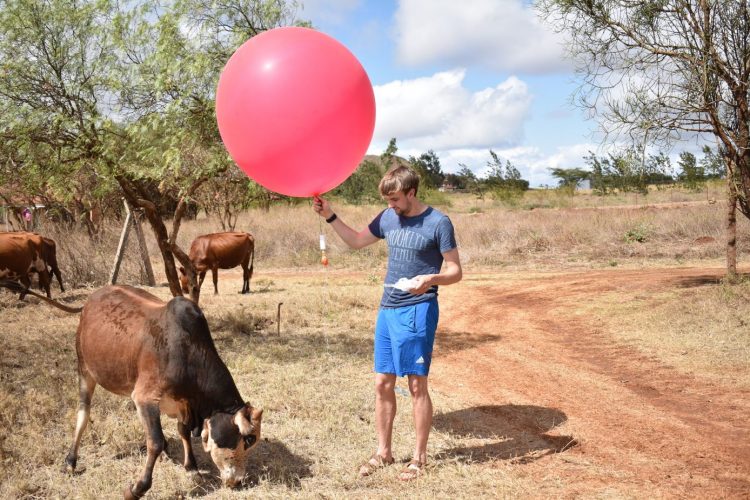Uncovering invisible rivers in Kenya
21 Jul 2021|Callum Munday
- Research

Some of the largest rivers on Earth are in the sky. Around the world, great streams of water vapour flow a few hundred metres above the ground while remaining invisible to people living below. These rivers play a fundamental role in the Earth’s hydrological cycle, determining when, where and how much rain falls.
One of the largest of these rivers flows across northwest Kenya. This river – known as the ‘Turkana Jet’ – carries water vapour from its source in the Indian Ocean across the arid plains of East Africa to support the great Congo Basin rainforest. According to our best climate models1, this river carries up to 5 times as much water as the Congo River – the second largest river in Africa.
But we all know models aren’t perfect. What we see on our computer screens does not always match up with reality. The only way to find out whether the river really exists is to go measure the thing directly.
In April 2021, a team from University of Oxford, University of Nairobi and the Kenyan Met Department travelled out to northwest Kenya for a month to release over 200 weather balloons to sample the river for the very first time.
Preliminary analysis suggests that the river flows much faster and carries more water than we previously thought. This has wide-ranging implications for how we model and predict rainfall over large parts of Africa. Further analysis of this new dataset will help us improve our predictions of drought and floods in a part of the world already feeling the effects of a rapidly changing climate.
This work is part of the FCDO-funded REACH Programme – which aims to improve water security for 10 million poor people in Africa and Asia by 2024.
1Munday, C., Washington, R., & Hart, N. (2021). African low-level jets and their importance for water vapor transport and rainfall. Geophysical Research Letters, 48, e2020GL090999. https://doi.org/10.1029/2020GL090999

Category: Research
Author

Callum
Munday
Callum is a Fellow by Special Election in Geography at St Edmund Hall and is a climate scientist specialising in African climate and climate change. He is currently working on a NERC- funded project in southern Africa and is a visiting scientist at the UK Met Office.